Nuffield: getting to grips with science in the real world
Since 2011 we’ve welcomed students from the Nuffield scheme, who have been getting to grips with research projects at the cutting edge of science.
Since 2011 we’ve welcomed students from the Nuffield scheme, who have been getting to grips with research projects at the cutting edge of science. This year, the students got their hands dirty with a metagenomics project looking at the hidden life in soil.
Article by Georgie Lorenzen, Science Communications Trainee
Year 13 is a critical time for students. With the end of their post-16 education in sight, they must make a decision about what to do next. Whilst many will go on to study higher education courses, choosing which ones to apply for can be a daunting decision; over 50,000 undergraduate courses offered at more than 395 providers in the UK alone. That’s before you count the other options: apprenticeships, degree apprenticeships and higher national diplomas.
One way for students to better equip themselves in navigating this minefield of possibilities is by participating in placements, to get real life work experience. The Nuffield research placement scheme gives sixth form students the opportunity to get a taste of what it’s like to work in the scientific sector. Placements run for 4-6 weeks during the summer holidays, with students working alongside scientists to carry out research and develop both their laboratory and computational skills. It is offered by many different providers in the UK, such as universities and research institutes.
We have been offering placements to Nuffield students since 2011 as both a standalone project provider and in partnerships, such as with the John Innes Centre. Previous projects have covered topics such as circadian rhythms in clocks, sequencing European polecats and generating phylogenetic trees of pathogens.
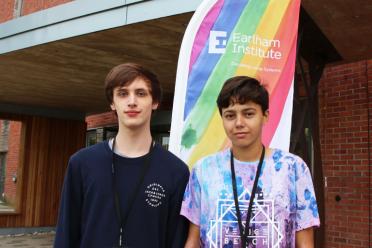

The Nuffield research placement scheme gives sixth form students the opportunity to get a taste of what it’s like to work in the scientific sector.

This year, it was the turn of Thomas Searle and Anne Bongaerts. Their project involved exploring the use of long read sequencing to sequence the genomes of organisms within a population, working under the supervision of Darren Heavens and Samuel Martin, both from the Leggett group.
Darren, who was the student’s primary supervisor, thinks that having the chance to be a mentor is a great way to help inspire the next generation of scientists: “I have worked with two previous Nuffield students and personally get a great deal from them being here. I was very fortunate that in my first job I had two excellent role models who taught me a great deal about working in a laboratory and I see these placements as an opportunity to give something back.”

Commonly referred to as environmental genomics, metagenomics involves studying the genomes of multiple species within a community without the need for obtaining a pure culture.
This could be a sample of the bacteria which make up our gut microbiome, or those found in an environmental sample, such as that from a river. These samples will contain the DNA from a range of species, some of which may have not been sequenced before.
The nature of these samples can make traditional, short-read sequencing difficult. That’s because the genome assembly step is harder when there is DNA from lots of different organisms - particularly if you don’t know what the organisms are!
Developing bioinformatics pipelines is one way that scientists are working to harness the data collected from metagenomic DNA samples. Another method is using long-read sequencing, such as nanopore technologies from Illumina, which read DNA strands in one go as opposed to chopping it up first.
I caught up with Thomas, a student at Thorpe St Andrew sixth form in Norwich, on his last day at EI to find out how the experience had impacted him.
“We extracted DNA from a soil sample, then used electrophoresis to separate a sample of the DNA into twelve different size fractions. We then investigated if that made a difference to community composition when we sequenced and analysed it.”
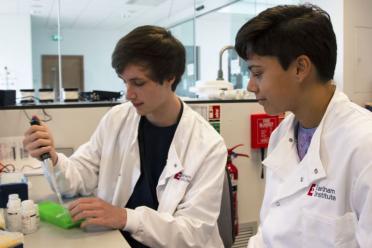

We extracted DNA from a soil sample, then used electrophoresis to separate a sample of the DNA into twelve different size fractions.

“I'd never done anything to do with DNA sequencing or metagenomics before so everything was brand new! I feel like the project was a really good way of learning about it. I've learned firsthand the importance of good planning and hopefully I've developed my scientific writing a little bit too.”
“I thought that using the HPC was really exciting and I definitely feel like I underestimated the importance of computational biology.”
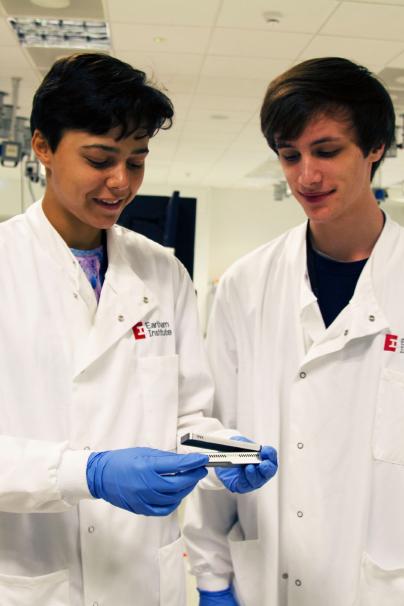

I thought that using the HPC was really exciting and I definitely feel like I underestimated the importance of computational biology.

“EI is incredibly welcoming and everyone here has been really lovely. I think it was a great insight into the working environment. I definitely appreciated the coffee machine and the table football!”
The experience has encouraged Thomas to consider the importance of bioinformatics in biological research as he continues his academic studies:
“I was already quite interested in bioinformatics and learning about it at EI has made me want to focus more on being a mathematically and computer literate biologist in the future.”
Not only was the placement a positive experience for the students, Sam told me that he felt it was valuable for the researchers that they worked with, too:
“I haven’t hosted Nuffield students before, but I think it is useful for the institute in terms of outreach, and also for me, personally, to develop teaching and mentoring skills. I was impressed by how quickly the students learned the new skills necessary for the analysis we performed, and how enthusiastic they were to go beyond what I had planned.”
Darren added, “I have really enjoyed seeing them grow as scientists and observe the dynamic of how they worked together. I think that Setpoint do a good job in identifying students with immense potential and this year was no different.”
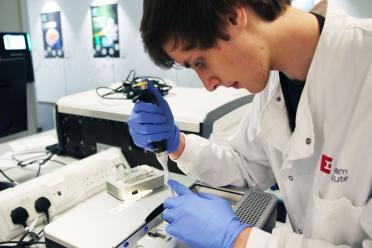

I was already quite interested in bioinformatics and learning about it at EI has made me want to focus more on being a mathematically and computer literate biologist in the future.

~ Thomas Searle, Nuffield Research Placement Student (2019)
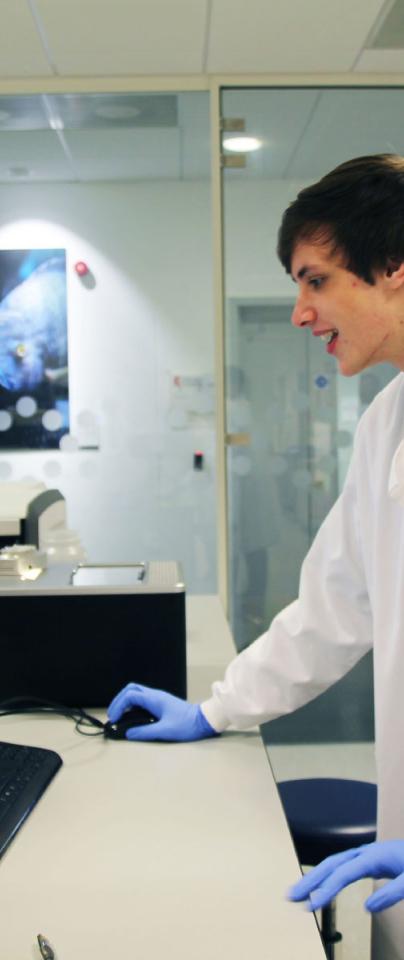
Students!
Fancy doing a Nuffield placement in the future? There is a strict application criteria, so you’ll need to speak to your teachers first to check your eligibility. Applications are made via an online application process. They do not come directly to EI, but rather a local administration group. Read more about applying here.
Researchers!
Fancy giving some bright students a great opportunity? If you want to look into hosting a Nuffield placement, the first step is to get in contact with your local Nuffield coordinator. You can find this information here and read more about the scheme here.